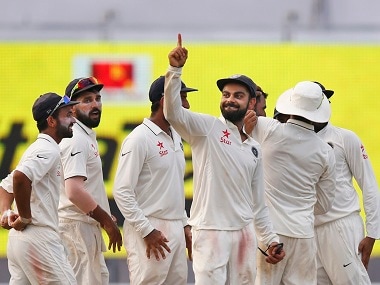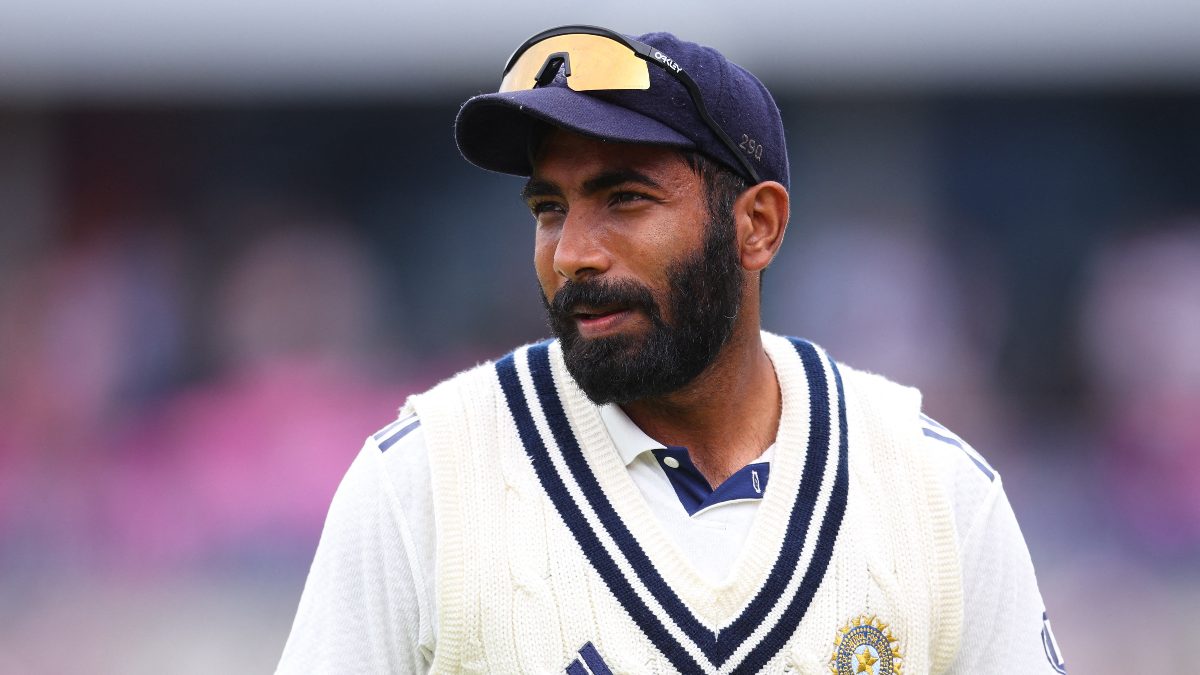Development of cricket infrastructure in India has received a terrific shot in the arm, after media rights for telecast of Indian cricket from 2018 to 2022 was sold to Star India for a sum of Rs 6,138 crore. The corresponding figure for the previous cycle was Rs 3,851 crore, and this massive increase will give the Board of Control for Cricket in India (BCCI) sufficient elbow room to develop cricket infrastructure all over the country, including in the North East, where the game has a negligible presence currently. [caption id=“attachment_4420695” align=“alignleft” width=“380”]  Representational image. AP[/caption] Unlike other countries, notably Australia, where local and national governments pour funds into developing cricket infrastructure, BCCI, through its affiliated units, has to do this on its own. It is for this reason that the real push to take the game to non-traditional cricketing centres came only after the advent of satellite television, which brought vast riches to the board. Additionally, BCCI also has to pay substantial match fees to a humongous number of players featuring in 30 first class teams. This, of course, is besides paying women first class players as well as emerging players of both sexes in inter-state age group competitions. On the other hand, Australia has players from a mere six first-class teams to contend with and thus the strain on its budget is substantially lower. It is for these reasons — that the BCCI has to pay for infrastructure development, innumerable inter-state tournaments, cricket development, travel, medical insurance, pension, and other welfare measures — that it needed all the money that it could lay its hands on. The Rs 6,138 crore is split into Rs 46 crore per match for the first year, Rs 47 crore for the second year, Rs 46.5 crore for the third year, Rs 77.40 crore for the fourth year and Rs 78.90 crore per match played in the fifth year. The funds would come in very handy to spread cricket to the nooks and corners of India, and thereby develop the sport further. Fittingly, this increase in media rights comes at a time when smart phone penetration and access to 3G and 4G networks have improved by leaps and bounds. The belief is that more Indians would have access to watching cricket while on the go on account of live streaming options. Star’s television and digital platforms could thus feed off each other, especially as lag between the two is to be knocked off, and this could further enhance viewing pleasure. The sore point, at least for a traditional cricket lover, is that there are only 22 Test matches scheduled over this five-year programme. Of the 22, 10 are against weaker opposition like Afghanistan, West Indies, Bangladesh, New Zealand and Sri Lanka, and so are unlikely to evoke great interest. The quantum of all matches, however — 102 in all, including Tests, ODIs and T20Is — is well spread out. There will be 18 matches in the first year, 26 in the second, 14 in the third, 23 in the fourth and 21 in the final year of this contract. For good measure, men’s domestic matches and women’s international cricket will also be a part of the deal, and together, they would ensure Star has plenty of cricket to telecast around the year. It may be recalled that for Rs 16,347 crore, Star had already bagged five-year media rights to telecast the IPL, besides also being the owner of all ICC events from 2015 to 2023 and cricket taking place in New Zealand. But it was Sony, with its bouquet of international matches being held in England, South Africa and Australia that enjoyed a wider spread of match days. However, with Star winning BCCI’s media rights, there is greater balance in the distribution of live cricket now. This apart, the deal also reinforced the importance of India for the financial well-being of the game. At $944 million, it leaves the England Cricket Board’s (ECB) $287 million deal a distant second. And even that transaction became substantially heavier because it featured Tests, ODIs and T20Is against India. It may also be recalled that just a year ago, when ICC threw out the ‘big three’ concept plan and forced BCCI into a humiliating climbdown, chairman Shashank Manohar had offered Rs 100 crore to assuage BCCI’s feelings. That sum now looks like mere crumbs. Indeed, the host of nations that voted against Indian interests would presently be thrilled that the Indian board is working extra hard to raise massive sums of money. After all, they too would get an enhanced piece of the pie every time they play against India or when their players are picked for IPL! However, the larger issues for BCCI and Indian cricket would be to ensure that they protect the brand by providing the best infrastructure money can buy, so that only minimal playtime would be lost owing to vagaries of weather; better anti-corruption measures; greater spectator comfort and, of course, promote, groom, develop the sport to ensure a steady flow of talent. Making mega bucks for the development of Indian cricket is one thing. The bigger concern is the responsibility it thrusts on BCCI to conduct itself and the game in a manner that would enhance its popularity. Can the CoA and BCCI rise to the occasion? Watch this space.
Development of cricket infrastructure in India has received a terrific shot in the arm, after media rights for telecast of Indian cricket from 2018 to 2022 was sold to Star India for a sum of Rs 6,138 crore.
Advertisement
End of Article


)

)
)
)
)
)
)
)
)



